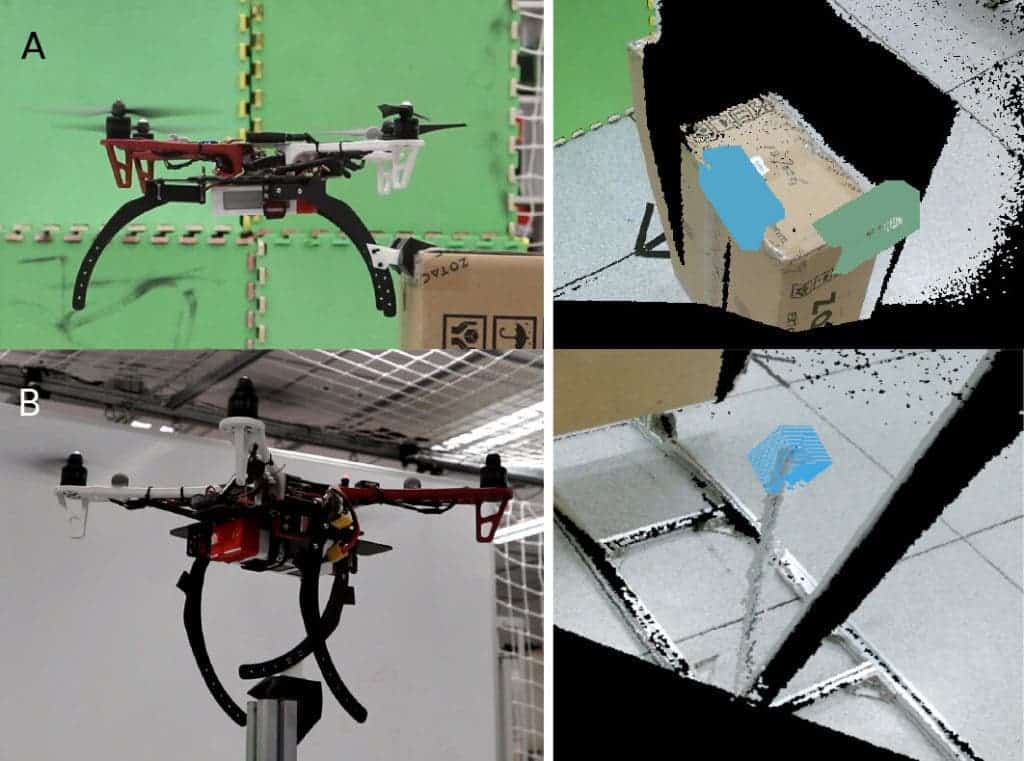An international team wants to make drones fly for longer — by teaching them how to land.
Drones today are really awesome gadgets, but they’re still severely limited by their short flight time. Despite a lot of effort being expended into improving their batteries or energy efficiency, drones can still only last minutes in the air.
Now, a new study reports that we don’t need bigger, better batteries to keep drones aloft for longer; it’s as simple as sticking landing gears on them.
Take a breather
The team says they’ve taken inspiration from birds, bats, and their impressive biological landing gears.
Many birds fly in short bursts and perch on elevated positions between bouts, they explain. By taking these elevated positions, they are able to conserve energy while keeping tabs on their surroundings for food or threats. Bats fly in a similar manner, but instead of perching, they simply hang upside down.
So the researchers set to work on incorporating similar abilities into our drones. The design they came up is reminiscent of a hawk’s talons. Drones equipped with this landing gear can land on flat or semi-flat surfaces like a bird, or perform a leaning landing on objects such as window sills.
An Xbox One Kinect sensor built into the design allows drones to automatically find and navigate perches, the team adds. After landing, the drone can turn down its rotors, thus saving battery power and prolonging its ability to fly. Other onboard devices such as cameras can be kept operational, allowing landed drones to keep performing their intended tasks.
The landing gear has only been tested under laboratory conditions so far. Although the results are encouraging, the team says they still need to tweak their design further to get the drones to land and take off autonomously. With some more work, however, they’re confident we’ll soon see drones perching atop buildings and other high surfaces.
The paper “Perching and resting—A paradigm for UAV maneuvering with modularized landing gears” has been published in the journal Science Robotics.










